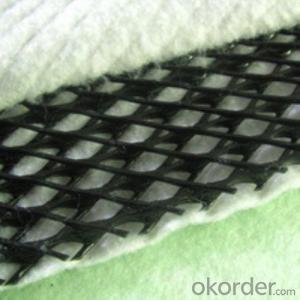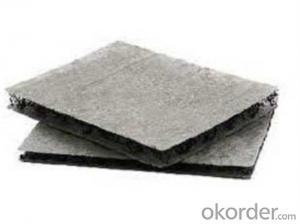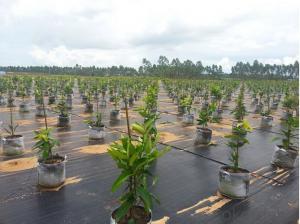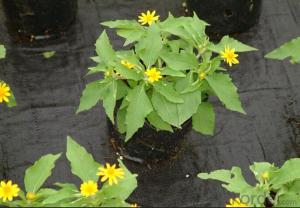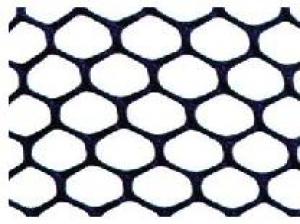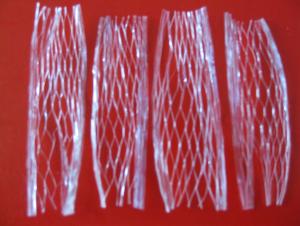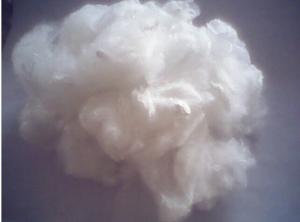Composite Geotextile Drainage Network for Architectural Engineering
- Loading Port:
- Qingdao
- Payment Terms:
- TT or LC
- Min Order Qty:
- 8000 m²
- Supply Capability:
- 100000 m²/month
OKorder Service Pledge
OKorder Financial Service
You Might Also Like
Composite Geotextile Drainage Network for Architectural Engineering
Description Of Composite Geotextile Drainage Network for Architectural Engineering
Composite material is a general term for the synthetic materials used in civil engineering. As a kind of civil engineering materials, it is to synthetic polymers, such as plastics, chemical fiber, synthetic rubber as raw material, made of various types of products, placed inside the soil, surface, or various kinds of soil play to strengthen or to protect the soil. The application of the technology of soil engineering synthetic materials will be divided into the type of the material of the soil, the soil, the soil, the special material and the composite. The special materials for the special materials include the soil engineering film bag, the soil engineering net。
Main Features of Composite Geotextile Drainage Network for Architectural Engineering
The advantages of the composite is that the weight is light, and the overall continuity is good (can be made into a large area of the whole), construction is convenient, high tensile strength, corrosion resistance and resistance to microorganisms. The disadvantage is that, without special treatment, anti ultraviolet ability, such as exposure to ultraviolet radiation, is easy to aging
Applications of Composite Geotextile Drainage Network for Architectural Engineering
1, for the stability of highway, railway roadbed.
2, used to bear the weight of the embankment and shallow water treatment.
IMages of Composite Soil Drainage Network for Architectural Engineering
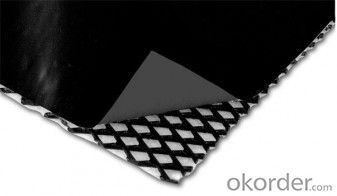

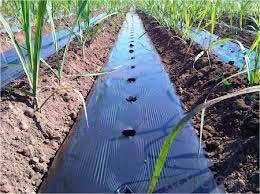

FAQ:
1. What are we supplying?
We are specialized in producing .geotextile , geocell, geogrid, geomembrane
2. How Many years experience do we have?
We have been exported to more than 15 countries in the past 10 years.
3. How long do we usually reply your request?
We always reply our customer within 12 hours.
- Q:Civil engineering commonly used materials which four kinds
- Mainly steel, cement, stones, sand
- Q:Can geosynthetics be used for reinforcement in dam construction?
- Yes, geosynthetics can be used for reinforcement in dam construction. Geosynthetics, such as geotextiles and geogrids, are often used to enhance the stability and strength of dams by providing additional reinforcement and improving soil behavior. These materials can help control soil erosion, increase load-bearing capacity, and enhance overall performance and safety of the dam structure.
- Q:Are earthwork products resistant to chemical spills and contamination?
- Yes, earthwork products are generally resistant to chemical spills and contamination. These products, such as geomembranes, geosynthetics, and geotextiles, are designed to provide a barrier against chemicals, preventing them from seeping into the ground or water sources. They are often used in applications where chemical resistance is crucial, such as landfill liners, containment ponds, and industrial waste management facilities. However, the specific chemical resistance may vary depending on the type and quality of the earthwork product used.
- Q:Can geosynthetics be used for reinforcement in mining applications?
- Yes, geosynthetics can be used for reinforcement in mining applications. They are commonly used to provide soil stabilization, erosion control, and reinforcement in various mining activities such as slope stability, tailings management, and underground support systems. Geosynthetics offer a cost-effective and durable solution in these applications by enhancing the strength and stability of mining structures and reducing the environmental impact.
- Q:Are earthwork products suitable for slope stabilization?
- Yes, earthwork products are suitable for slope stabilization. These products, such as geotextiles, geogrids, and erosion control blankets, are specifically designed to reinforce and stabilize slopes by increasing the soil's strength and preventing erosion. They provide an effective solution to prevent slope failures and ensure long-term stability in various applications like highways, embankments, and retaining walls.
- Q:What are the advantages of using geotextile tubes for shoreline protection?
- Geotextile tubes offer several advantages for shoreline protection. Firstly, they are an environmentally friendly option as they use natural materials and do not harm marine life. Secondly, they are cost-effective compared to traditional methods like concrete or rock armor. Additionally, geotextile tubes are flexible and adaptable, making them suitable for various shoreline types and conditions. They provide effective erosion control and can be easily installed and removed, minimizing disruption to the natural habitat. Lastly, these tubes are durable, resistant to UV rays, and can withstand harsh weather conditions, ensuring long-term protection for shorelines.
- Q:How do earthwork products contribute to slope stabilization in mining areas?
- Earthwork products, such as geotextiles, geogrids, and geomats, play a crucial role in slope stabilization in mining areas. These products are designed to reinforce and stabilize the soil, preventing erosion and slope failures. They are installed in layers within the slope to provide additional strength and stability. Geotextiles, for example, act as a barrier between different soil layers, preventing the migration of fine particles and reducing water flow through the slope. Geogrids, on the other hand, provide tensile strength and enhance soil stability by distributing loads more evenly. Moreover, geomats provide erosion control by promoting vegetation growth on the slope, which further strengthens the soil. Overall, these earthwork products effectively contribute to slope stabilization in mining areas, reducing the risk of landslides and ensuring safer mining operations.
- Q:How do geosynthetic liners contribute to groundwater recharge in water storage facilities?
- Geosynthetic liners help to prevent water from leaking out of water storage facilities, ensuring that more water is retained. This retained water can then slowly seep into the ground, replenishing groundwater sources and contributing to groundwater recharge.
- Q:How do erosion control blankets aid in revegetation efforts in earthwork applications?
- Erosion control blankets play a crucial role in aiding revegetation efforts in earthwork applications by providing a protective layer over the soil. These blankets help to prevent soil erosion caused by wind and water, which can wash away seeds, seedlings, and topsoil. By reducing erosion, the blankets create a conducive environment for plant growth, allowing seeds to germinate and establish roots. Additionally, erosion control blankets can help retain moisture in the soil, promote nutrient availability, and protect young plants from extreme weather conditions. Overall, these blankets act as an effective erosion control measure, facilitating successful revegetation and promoting the establishment of a healthy and sustainable plant cover.
- Q:Can earthwork products be used for landscaping purposes?
- Yes, earthwork products can be used for landscaping purposes. Earthwork products such as topsoil, mulch, gravel, and rocks can be utilized to create various landscaping features, including building raised beds, improving soil quality, creating pathways, retaining walls, and enhancing the overall aesthetics of outdoor spaces.
1. Manufacturer Overview |
|
|---|---|
| Location | |
| Year Established | |
| Annual Output Value | |
| Main Markets | |
| Company Certifications | |
2. Manufacturer Certificates |
|
|---|---|
| a) Certification Name | |
| Range | |
| Reference | |
| Validity Period | |
3. Manufacturer Capability |
|
|---|---|
| a)Trade Capacity | |
| Nearest Port | |
| Export Percentage | |
| No.of Employees in Trade Department | |
| Language Spoken: | |
| b)Factory Information | |
| Factory Size: | |
| No. of Production Lines | |
| Contract Manufacturing | |
| Product Price Range | |
Send your message to us
Composite Geotextile Drainage Network for Architectural Engineering
- Loading Port:
- Qingdao
- Payment Terms:
- TT or LC
- Min Order Qty:
- 8000 m²
- Supply Capability:
- 100000 m²/month
OKorder Service Pledge
OKorder Financial Service
Similar products
New products
Hot products
Related keywords
